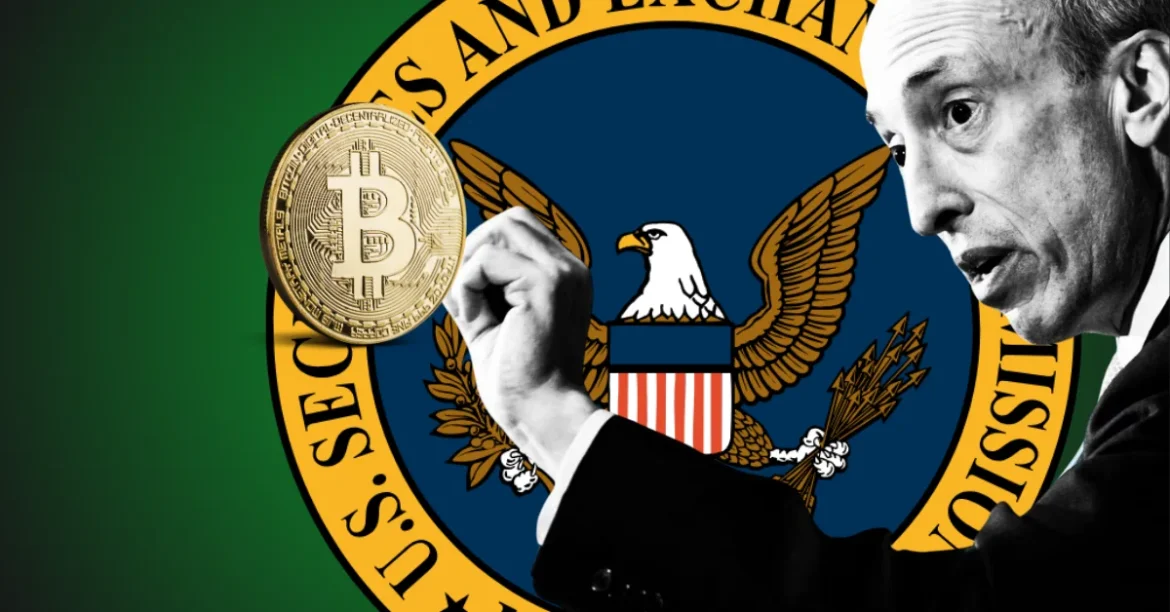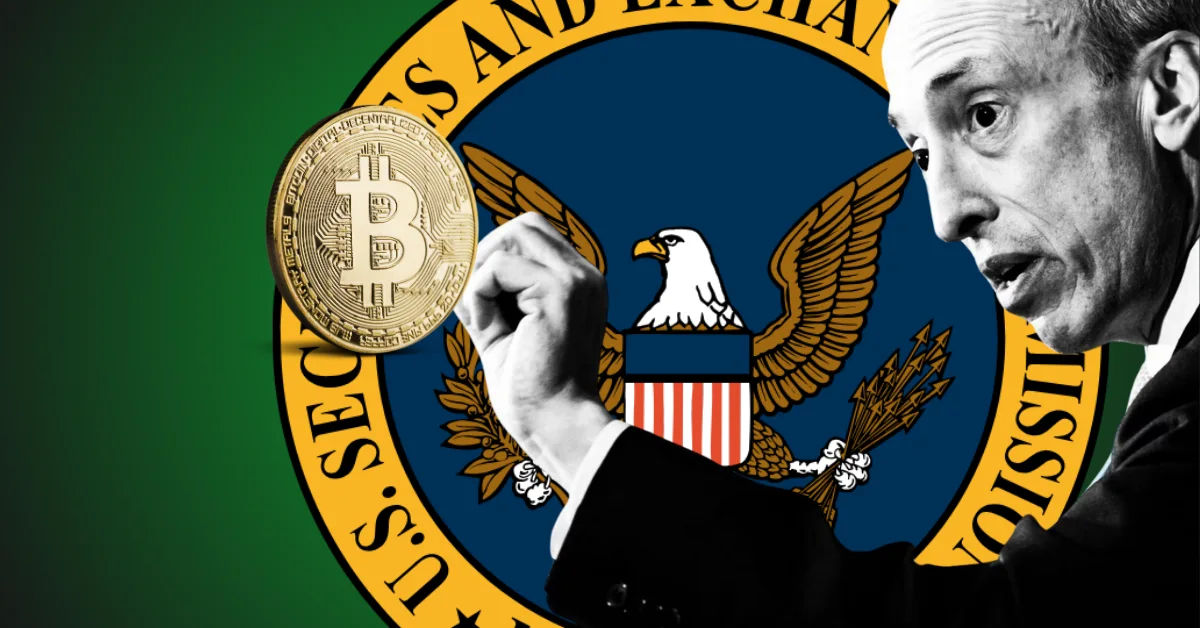The Winds of Change in Crypto Regulation: From Gensler’s Crackdown to Trump’s Deregulatory Shift
The cryptocurrency regulatory landscape in the United States has undergone a significant transformation between 2023 and 2025. This period was marked by a transition from an intense SEC-led crackdown under Chairman Gary Gensler to a deregulatory pivot under President Donald Trump’s administration and his SEC appointee Paul Atkins. This report delves deep into the dynamics of this shift, its implications for the crypto industry, and the broader regulatory climate shaping digital assets in the US.
Gensler’s Era: An Unrelenting Regulatory Clampdown
Gary Gensler’s tenure as the Securities and Exchange Commission (SEC) Chair was characterized by a stringent, enforcement-heavy approach to overseeing cryptocurrencies. Taking office around early 2021, Gensler’s SEC aggressively pursued regulatory frameworks aimed at bringing digital assets under the ambit of securities laws. His agenda included numerous proposed rules designed to curb what he perceived as regulatory arbitrage and to bring decentralized finance (DeFi) and crypto exchanges under stricter oversight.
Key features of Gensler’s approach included:
– Proposing regulations such as Rule 3b-16 (March 2022), which attempted to redefine “exchange” to encompass DeFi protocols, thereby widening regulatory reach.
– Launching enforcement actions against prominent crypto firms accused of fraud, unregistered securities offerings, or other infractions.
– Maintaining a tough stance on the classification of various tokens as securities, thereby demanding compliance with existing securities laws.
The Gensler era solidified a compliance-driven narrative that many in the crypto industry viewed as excessively restrictive, dampening innovation and frightening off institutional involvement. Bitcoin and other digital assets periodically experienced volatility directly linked to SEC pronouncements and actions during this period.
Trump’s Return and the Deregulatory Rewind
The political shift with Donald Trump’s presidential win, culminating in his inauguration on January 20, 2025, was a critical turning point for crypto regulation in the US. Trump’s pro-crypto stance contrasted starkly with Gensler’s crackdown. His administration swiftly replaced Gensler with Paul S. Atkins, a former SEC Commissioner known for a pro-crypto and deregulatory outlook.
Key regulatory reversals and policy moves under the new leadership included:
– The withdrawal of 14 proposed rules introduced during Gensler’s tenure, including crypto-specific regulations that had challenged DeFi protocols and exchanges.
– Halting the prolonged SEC enforcement campaign against crypto companies, effectively dismantling the “yearslong crackdown”.
– Encouraging innovation and reducing constraints on digital asset projects, thus signaling a more permissive era for cryptocurrencies.
These actions were widely interpreted as a deliberate pivot towards fostering digital asset development, aligning with the Trump administration’s broader deregulatory agenda. The market reacted positively: cryptocurrencies like Bitcoin saw substantial price gains (a noted 40% jump post-election), reflecting renewed investor confidence fueled by regulatory easing.
Impact on the Crypto Industry and Market Dynamics
The shift in SEC leadership and regulatory philosophy had a multifaceted impact on the crypto ecosystem:
Balancing Innovation and Consumer Protection
While the rollback of Gensler-era rules has invigorated the crypto space, the underlying challenge remains to strike an effective balance between fostering innovation and safeguarding investors. The pre-Gensler environment had few guardrails, often leading to scams and abuses; Gensler’s regime responded with strict regulation but arguably at a cost to growth and market dynamism.
Trump’s SEC approach lowers regulatory barriers, promoting rapid advancement of digital finance technologies. However, the risk of consumer harm or systemic vulnerabilities may increase if oversight becomes too lax. As the industry matures, thoughtful regulation that adapts to the evolving crypto landscape will be essential. The precedence of abruptly scrapping numerous rules invites future debate on regulatory consistency and long-term policy stability.
Conclusion: The New Chapter in US Crypto Regulation
The departure of Gary Gensler and the rise of Paul Atkins as SEC Chair under President Trump mark a decisive end to an era of rigorous crypto enforcement. The withdrawal of multiple proposed rules forged under Gensler underscores a clear deregulatory shift intended to revitalize innovation and market confidence in digital assets.
This transition highlights a broader tension in crypto governance: the struggle to reconcile technological innovation with regulatory oversight. Moving forward, the challenge for US regulators will be to craft frameworks that enable growth while protecting investors and maintaining market integrity. The recent changes signal an exciting, albeit uncertain, chapter in the evolution of cryptocurrency regulation—a landscape now poised between deregulation and the pressing need for prudent safeguards.
For the US crypto industry, the new phase under Trump’s SEC chairmanship offers opportunities for reinvention and expansion. Yet, both stakeholders and regulators must remain vigilant to ensure that this promising momentum is sustained responsibly in a market historically wrought with challenges and ambiguity.





